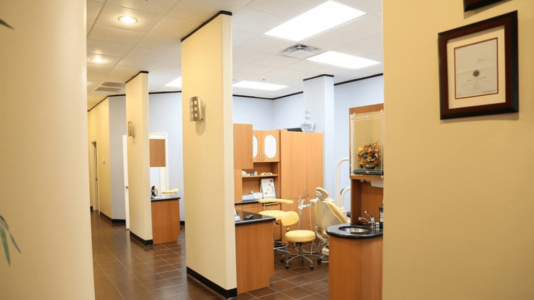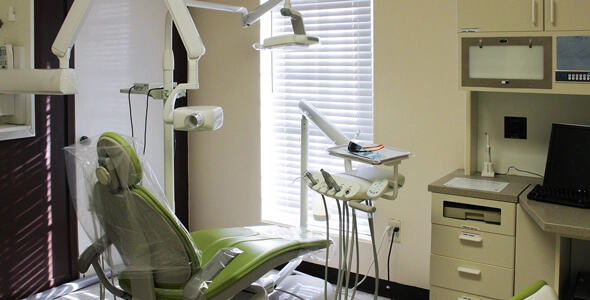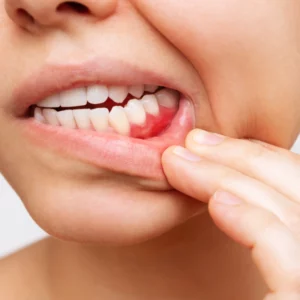When it comes to the health of your mouth, it is not just about how bright your smile is and how your teeth are straight. You cannot just ignore your gums. Even if you have zero cavities, pearly white teeth, it does not mean that you cannot suffer from gum diseases. Most gum diseases are generally painless. The absence of pain also means that you might not be able to identify that you are suffering from something. Something just might be wrong with your gums but since you don’t have any pain, you might never find out.
Here are some signs that you might be suffering from gum disease include:
- having bad breath or taste consistently
- permanent teeth that are getting loose or are separating
- gums that are easy to bleed
- gums that are tender, red, or swollen
- gums that are pulling away from your teeth
The good news is that gum diseases are preventable. Here are 6 ways to keep your gums healthy.
Floss
Try to floss your teeth at least once a day. Flossing helps in removing the accumulated food and plaque that is beyond the reach of your toothbrush. A floss can easily reach those hard places in your mouth. But keep in mind that you need to be gentle with your gums. If you are too rough with them, you might end up getting a gum bleed and making your gums loose.
Quit Smoking
Are you a smoker? The good news is that there is yet another reason for you to quit. Smoking is very closely related to gum diseases. Smoking is known to make your immune system weak. This means that smoking can also make it hard for your body to fight a gum infection off. Smoking also makes it difficult for your gum disease to heal even after you try to control it. Smoking has also known to discolor your gums and teeth.
Brush Twice a Day
You have probably heard this one before but the importance of brushing your teeth cannot be stressed enough. You should brush your teeth after every meal. This will help in removing the plaque and food that is trapped between your gums and teeth. Since your tongue can harbor bacteria too, you should scrub it daily. Use a toothbrush that has soft bristles and that can fit in your mouth very comfortably.
Use an Electric Toothbrush
You can also consider getting an electric or a battery-powered toothbrush. These devices are designed to help you brush in an efficient way while reducing the risk of gingivitis. They remove plaque better than manual brushing. You should ideally keep swapping your toothbrush or its head every couple of months to avoid your bristles from fraying and getting too hard and stiff.
Gum disease usually starts when plaque starts to accumulate on your teeth, along with and under the gum line. Plaque is a film-like sticky substance that is normally filled with bacteria. These bacteria grow round the clock to cause numerous infections. These infections can hurt the bone and gum and can lead to tooth decay and gum disease. A lot of plaque accumulation over a considerable amount of time can even cause gingivitis. Gingivitis can get your gums to be:
- prone to bleeding
- red
- inflamed
- tender
- swollen
Luckily, since the tissue and the bone that holds the teeth in place, together, are not affected and the damage done by gum diseases is reversible by using dental sealants.
Visit a Dentist Regularly
One of the most frequent gum diseases is called periodontists. It is an advanced form of gum disease and you need a dentist to diagnose it. It affects the bones of your jaw that hold your teeth in their place. If this condition is ignored and not treated in time, it can very easily ruin your tissues, gums, and bones that are connected to your teeth.
The final stage of this common gum disease is advanced periodontists. In this condition, the bone and the fibers that support your teeth get destroyed. It can even reshape your bite as a result of which you might have to get your teeth removed. Visit a dentist regularly to avoid these risks entirely.












